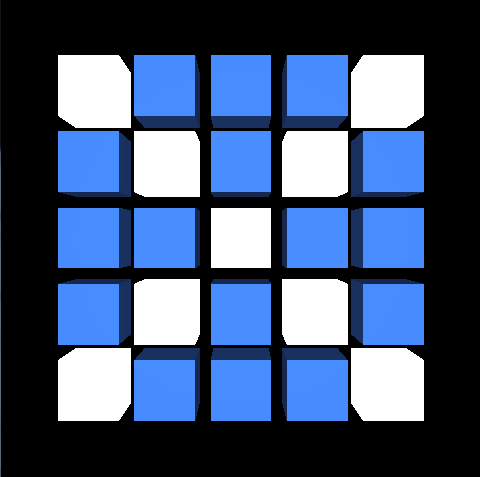
IntBuffer depthBuffer BufferUtils.newIntBuffer (1) // AFAIK this puts 1 texture name into depthBuffer. While trying to create a depth buffer, my JVM crashes. OpenGL ES 2.0 (Android) requires GLOESdepthtexture extension to be present. Ideally I would avoid any additional blitting/flipping at all though. 1 I have read some tutorials and trying to wrap my head around OpenGL ES 2.0. Depth Textures are supported on most modern hardware and graphics APIs. I would need to try it and see if it still matches exactly (I'm relying on a z-equal depth test) due to rasterization rules etc. I could draw all my objects v-flipped in the command-buffer, and then flip the whole render texture afterwards.

Can't see any Graphics.Blit variants that would do this, for example. I could copy 'n' flip the depth buffer to another RenderTexture's depth buffer - but I can't see any obvious (and lossless) way of copying depth. ( The original colour buffer is too - but I can cope with that!) If the camera has any post-processing component active, or has HDR rendering enabled, then the depth buffer when executing my command-buffer is upside-down. In this command-buffer, I draw objects again using CommandBuffer.DrawRenderer to a different colour render buffer, but I need to (re)use the original camera depth buffer.

Coverage includes:Shaders in depth: creating shader objects. I also have a command-buffer that I've inserted into the camera "AfterSkybox". OpenGL ES 2.0 is the industrys leading software interface and graphics library for. I render this manually with the camera's Render method. I’m asking because I can’t figure it out by reading the opengl es 2.0 reference, and I think buffer clearing issues might be why my deferred shading system is not working properly.I have a camera that renders to an off-screen RenderTexture.

The Get call isn’t a framebuffer query, but a global query.

COLOR_CLEAR_VALUE, DEPTH_CLEAR_VALUE, and STENCIL_CLEAR_VALUE are in the framebuffer control section, not the per-framebuffer state section. It’s not completely obvious, but you can see this by looking in the state tables at the back of the spec. And which parts of each enabled buffer are cleared is a function of the scissor test, dithering, and the pixel ownership test.Īlso, does gl.clearColor/gl.clearDepth set the clear color/depth for the currently bound framebuffer, or does it simply affect the next call to gl.clear? Which buffers within that framebuffer are cleared is dictated by the buffer writemasks. In webgl, does gl.clear only clear the currently bound framebuffer?


 0 kommentar(er)
0 kommentar(er)
